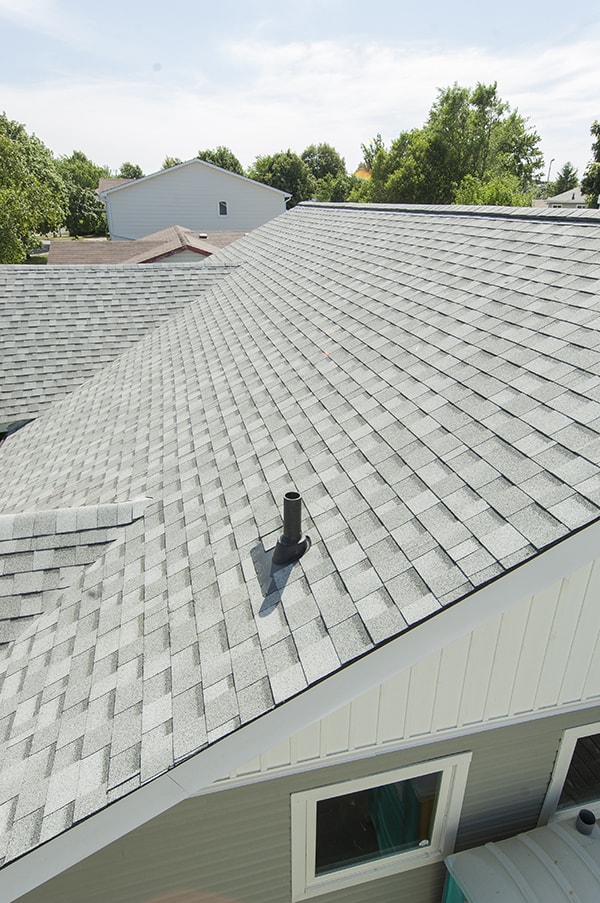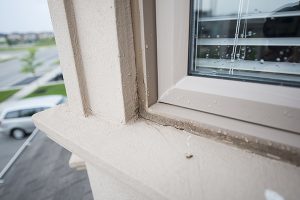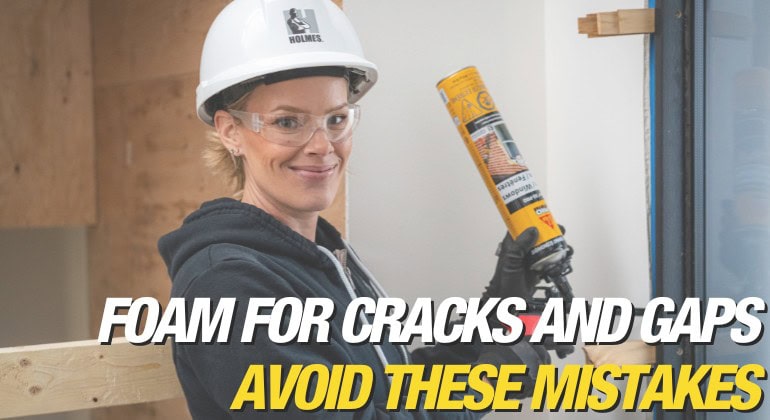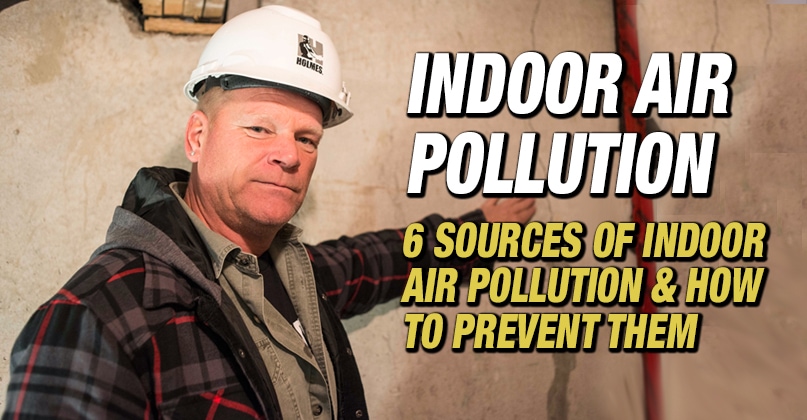Dream of a career where your skills bring joy, enable freedom, and create unforgettable memories? The thriving recreational vehicle (RV) industry offers just that! It’s more than fixing vehicles; it’s...

Top 3 Ways To Prevent Heat Loss In Your Home
By Mike Holmes
Mike’s Advice / Home Safety & Maintenance
Thursday, August 29th, 2019 @ 1:46pm
If you’ve watched my shows then you know that I’m passionate about quality building. I would love to see builders across the country striving to build homes that are as energy efficient as possible, using the best products and practices to keep our homes stronger for as long as possible.
Even the best-built home will need some maintenance to keep it as efficient as it can be. If you know your home has trouble keeping its heat when the temperature drops, then this is the perfect time to boost your home’s defense against heat loss, so you and your family stay warm all winter long.
Here are 3 ways you can prevent heat loss in your home during the fall and winter seasons.
3. Attic Efficiency
Your attic is a cold zone – that means that it should be the same temperature as the outside air. By letting heat escape freely from your home into the attic, and having cool air from the outside meet in the middle you may have a problem. You’ll be able to tell if your attic is losing heat in the wintertime – take a look at your roof after a snowfall – are you seeing icicles and patches of melted snow? That’s a sign of heat loss.
You’ve got a few options when it comes to insulating material, but whether it’s batt, blown-in insulation, foam board, or spray foam, you need to provide enough R-Value, or insulating value to keep the cool air from coming in.
I like close-cell spray foam because it gives you a ton of insulting power, and provides a barrier to guard against moisture.
DID YOU KNOW?
The attic needs to be able to cycle air, so your installer (I wouldn’t recommend placing insulation as a DIY project) must keep vents uncovered to allow fresh air to blow in to the space, keeping it nice and cool.
2. Need a New Roof?
You’ve got enough insulation in your attic, so you’re set for the winter, right? Well, not necessarily. If your roof isn’t in good shape, and properly sealed against the elements, you could get water seeping in. This can lead to moisture wreaking havoc in your attic, causing mold and rot – or damaging your insulation.
Depending on the material used to provide R-Value, contact with water could cause your insulation to compact, severely reducing its insulating power. You want to stop water from getting in – especially before the snow hits. The good news is: if you really need a roof replacement, you still have some time before the winter sets in.
How do you know it’s time for a new roof? Take a look up – are your shingles buckling, curled, or missing altogether? That’s a sign it’s time to re-shingle. There are no shortcuts here – you’ll want to replace more than just a few damaged shingles. Make sure your roofer removes all the old material. You want them to check the state of the entire roof – you may need more than just new shingles.
If you’re taking things all the way down to the roof deck, you may also want to consider a different kind of roofing material. I like a metal roof because it’s durable and long-lasting, but there are lots of products available on the market from your traditional asphalt, to advanced green roofing systems. Do your research, and choose a high-quality material with a good warranty, that can handle your climate, and is designed to last.
It’s important to remember that if your roof is in bad shape and isn’t properly sealed, chances are you already have heat loss.
1. Sealing Doors, Windows and Gaps
Something small you can do on your own is to inspect the area around your doors and windows. A home can lose major heat from drafts alone. Look for damaged caulking that needs to be replaced. Check the manufacturing label carefully, not all caulking should be used outdoors, but rubber or silicone-based materials like Sika’s Sikasil® GP are great options. Not only is Sikasil® GP great for sealing window and door joints but it can also be used for kitchens, bathrooms, plumbing, heating, ventilation, and air conditioning works. It’s also ideal for cold conditions and provides excellent flexibility, so it can move with the natural expansion and contraction of your home.
Replacing weatherstripping is a pretty simple task. Start by removing the old material, as well as any adhesive left behind. Give the area a light sanding – and if there are any nail holes, fill and sand those too.
Some weatherstripping material should only be installed during certain temperatures. Check the manufacturing label to make sure it can be applied in your climate.
While you’re inspecting your windows and doors, don’t forget to check around the home for gaps or small cracks. Not only can drafts enter through gaps and cracks, but so can insects and other small pests. For hairline cracks, Sikadur® Crack Fix is a great option. It’s a low-viscosity, high-strength epoxy resin that can be used on fine, horizontal cracks on materials such as concrete, masonry, and wood.
Before the weather starts to plummet, take the time now to make sure you’re ready for the winter season. Making your home as energy efficient as possible just makes sense to me. By keeping the warm air in, and the cold air out, you’ll see the difference in your energy bills, too.










